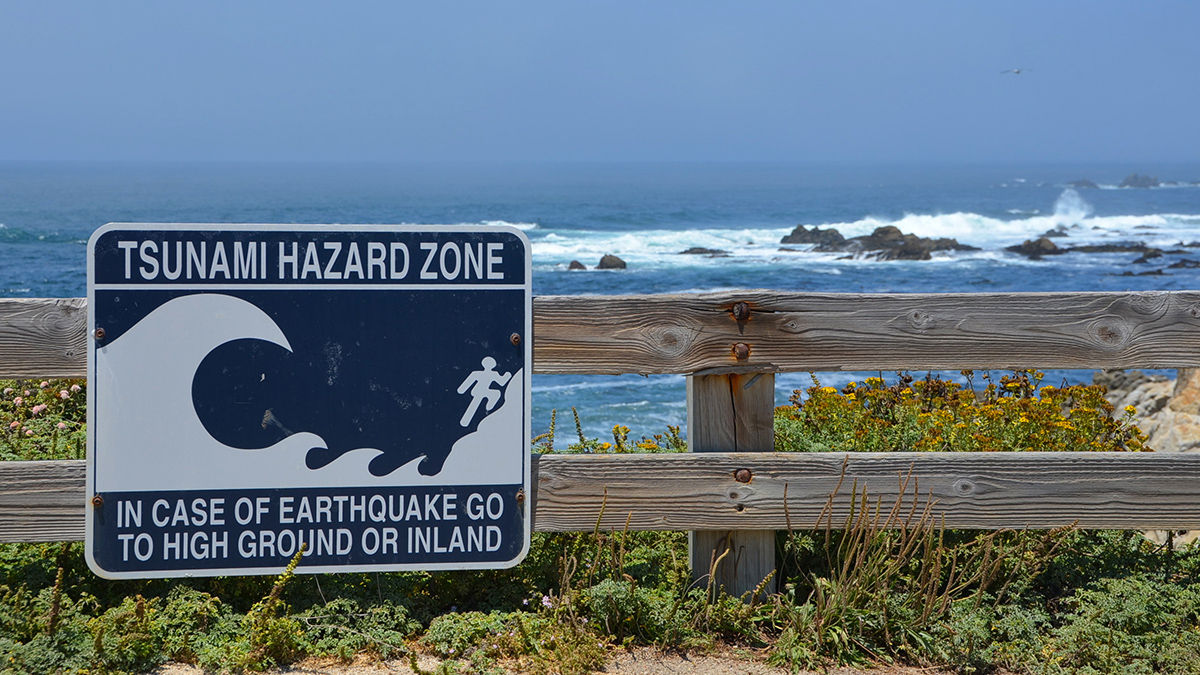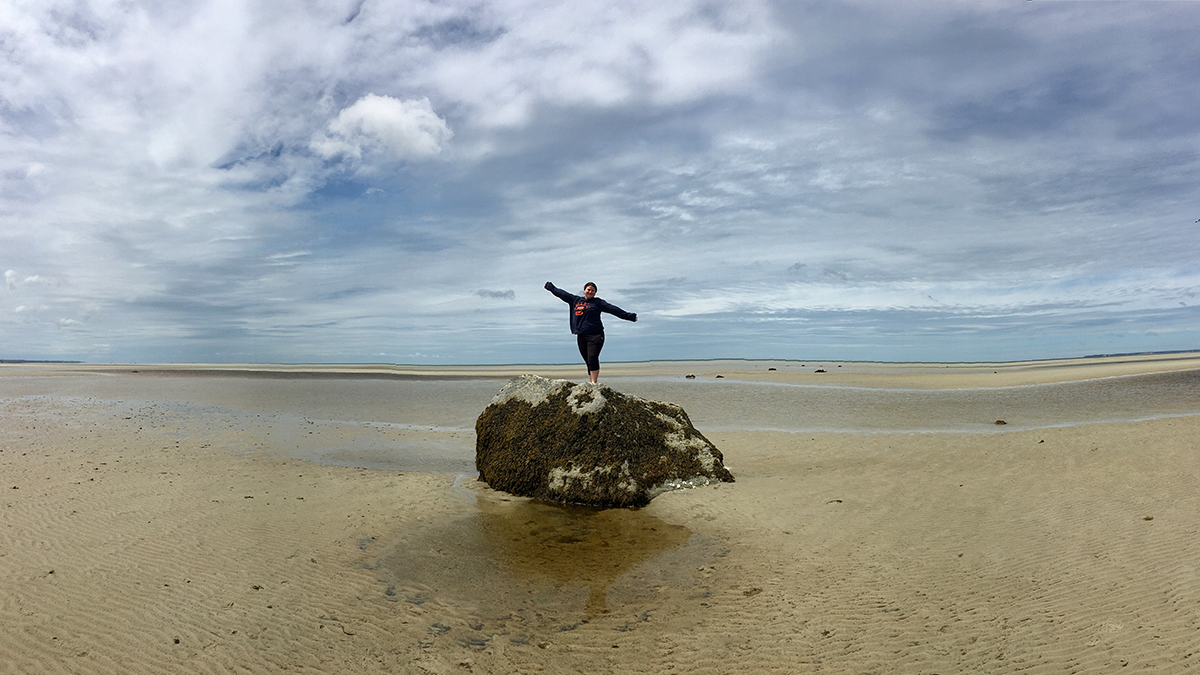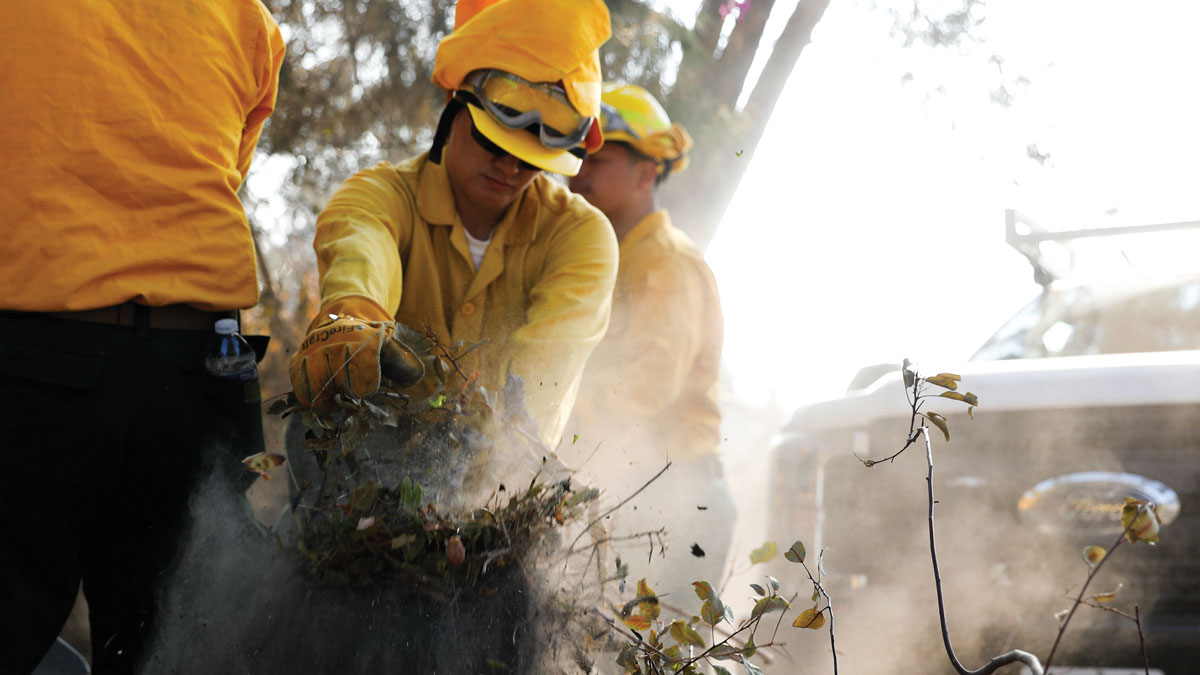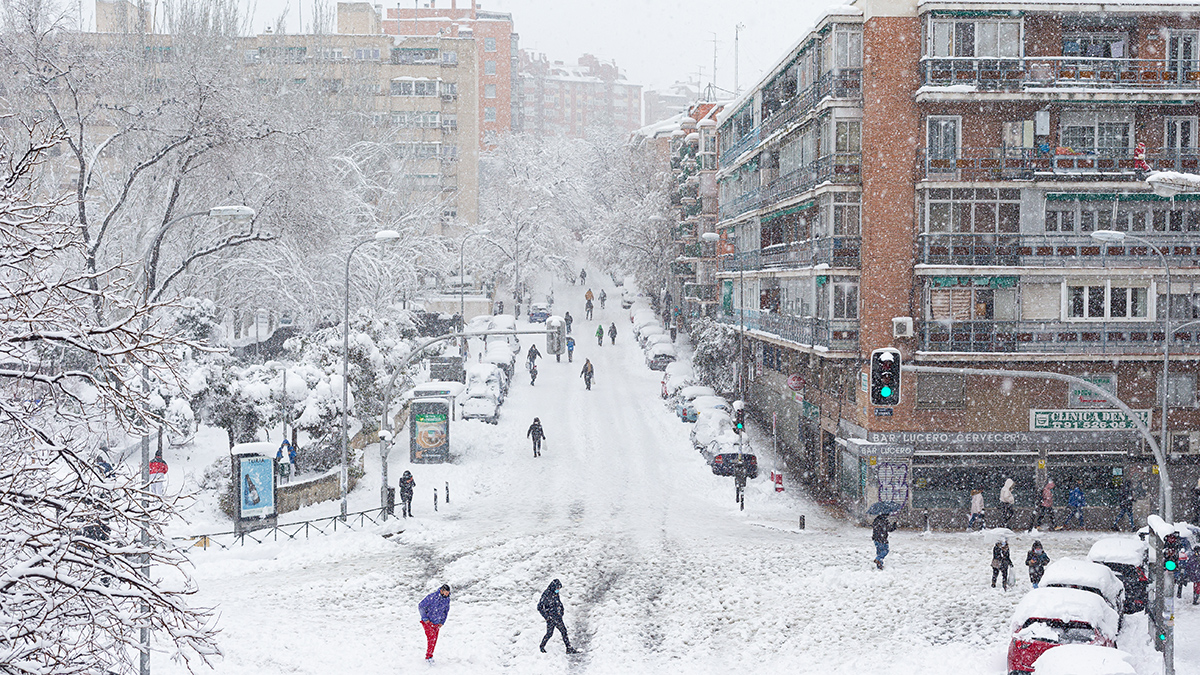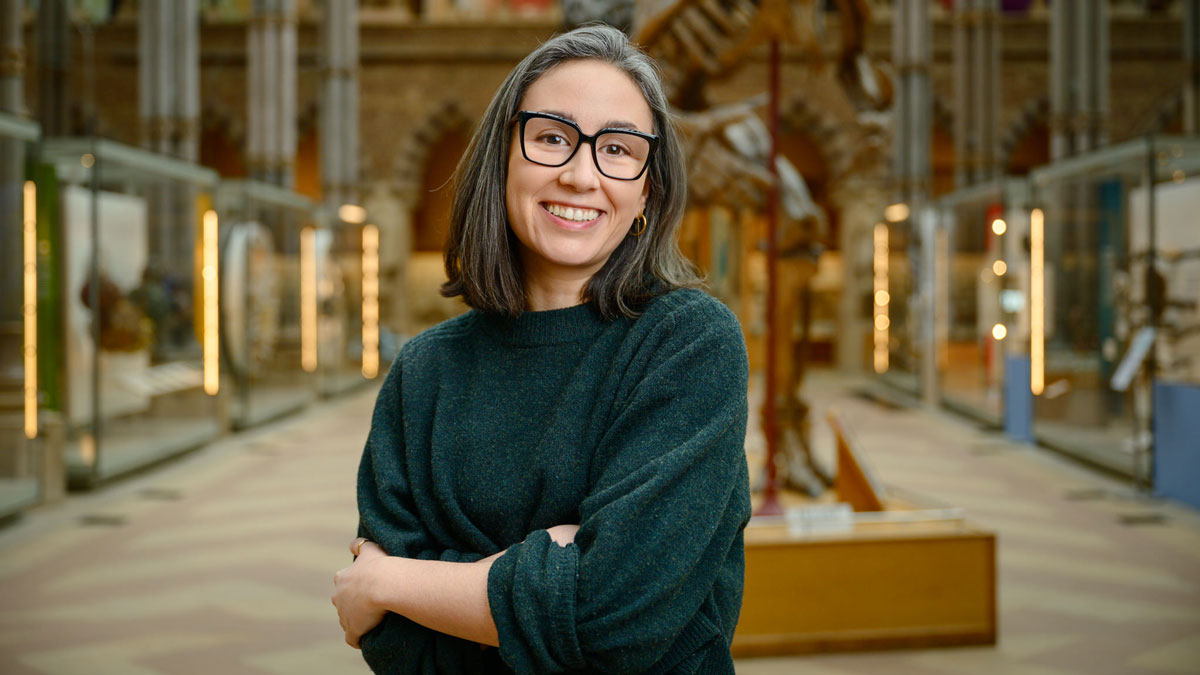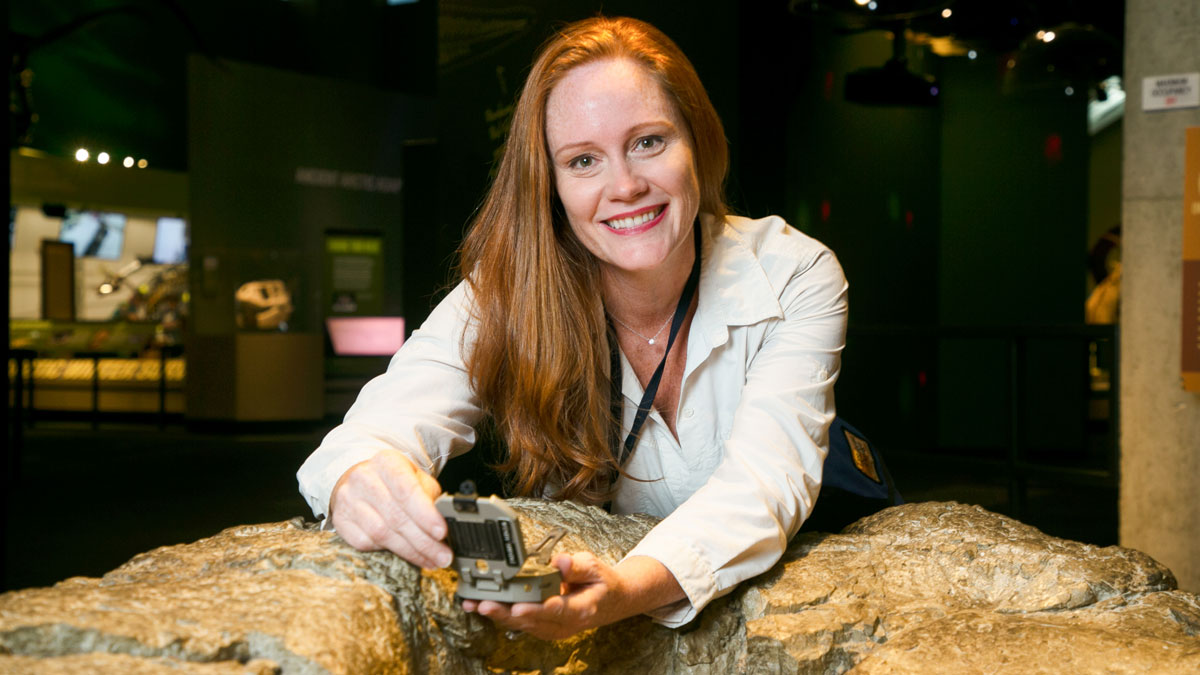It’s time to redefine the term so it more clearly conveys meaningful risks to coastal communities and prompts them to act when needed.
science communication
Where Science Connects Us
Eos joins AGU25 in the Crescent City to navigate the endless waypoints offered by Earth and space sciences.
All Publish, No Perish: Three Months on the Other Side of Publishing
AGU Publications’ 2025 summer intern reflects on her experiences over the past three months and looks ahead to the future.
Donde hay fuego, hay humo
Utilizando los instrumentos de monitoreo existentes y nuevos, investigadores trabajan para comprender mejor la calidad del aire durante y después de los incendios forestales de Los Ángeles.
Environmental Hazard Impact Metrics That Matter
Humans acutely experience climate change when they encounter extreme environmental conditions, but scientific definitions of “extreme” often don’t reflect communities’ complex lived experiences.
When Is a Climate Model “Good Enough”?
Models will always have bugs. How do scientists decide which ones are most important and how many is too many?
Lucia Perez Diaz: Expressing Earth with Art
A geoscientist and illustrator finds artistic inspiration in plate tectonics and geodynamics.
Wendy Bohon: Quelling Fears and Sparking Geoscience Joy
This earthquake enthusiast and science communicator wants you to know that a “whole ecosystem” of scientific careers exists outside of academia.
Alex Teachey: Elevating Astronomy with the Arts
This actor-turned-astronomer found success researching exomoons. Now he’s ready for another career change.
El conocimiento fluye de ida y vuelta en el TierraFest 2025
El TierraFest, el festival más grande de ciencias de la Tierra en México, adopta la diversidad como medio para compartir el conocimiento de nuestro planeta.

